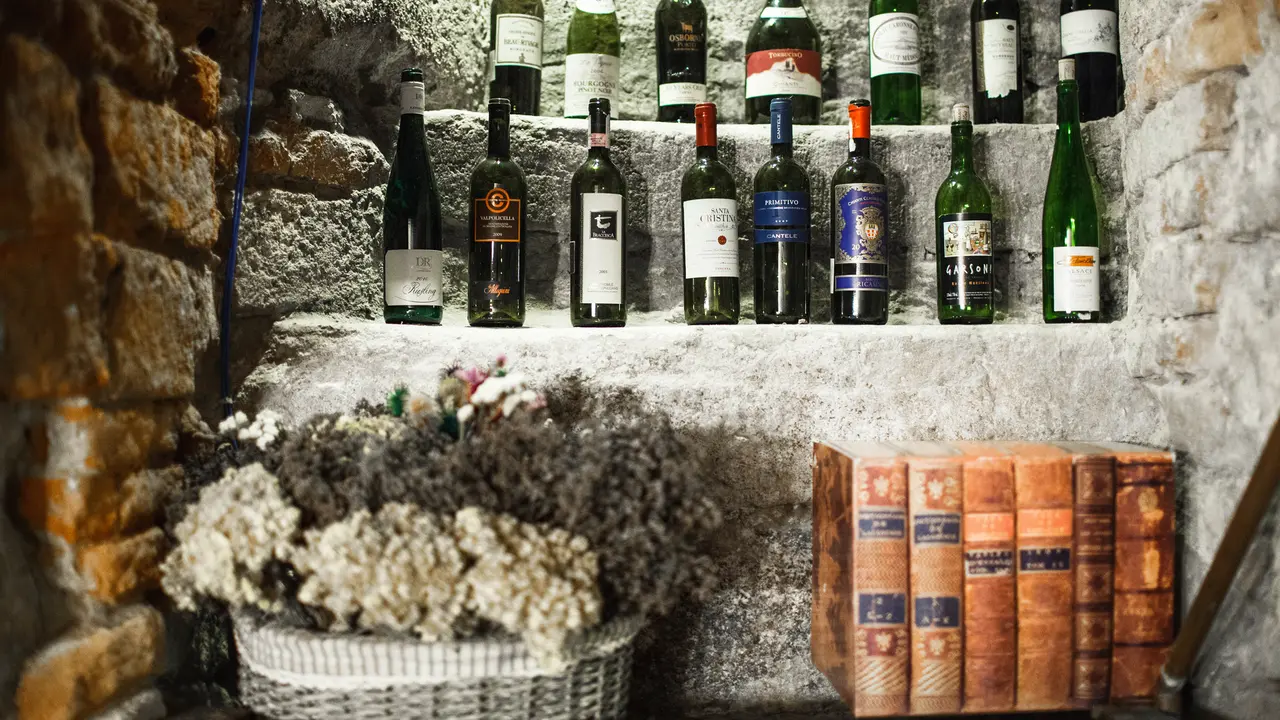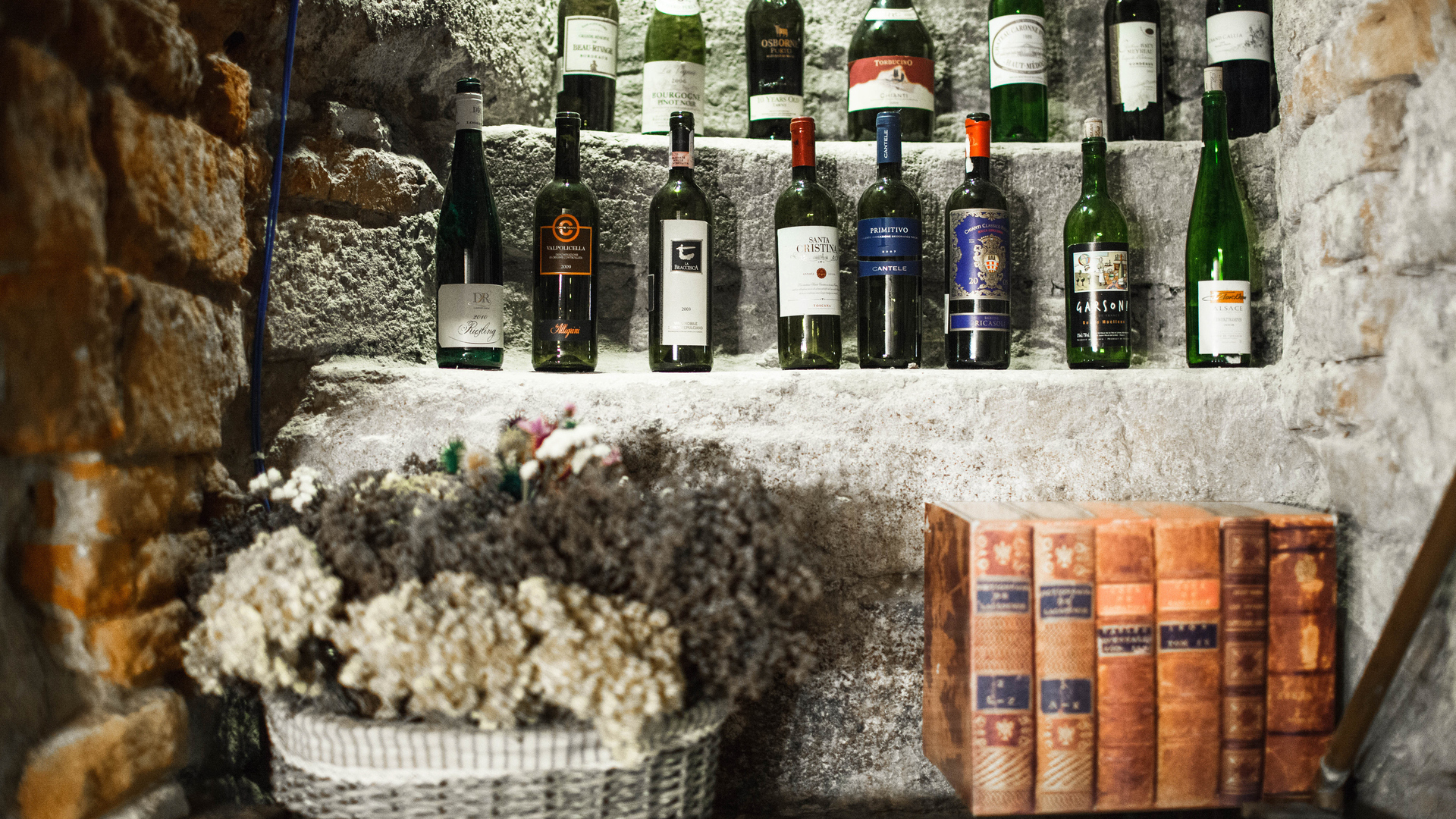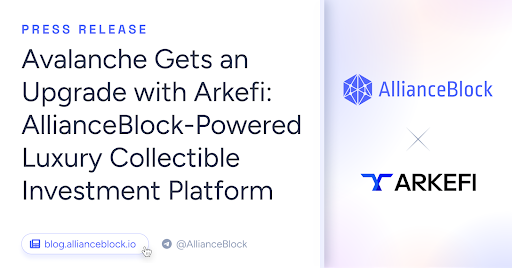
Volodymyr Ivash / Getty Images/iStockphoto
According to Grant Cardone, wealthy people don’t always invest in homeownership to build wealth. He even shared in an article for CNBC Make It that he didn’t buy a home until he could afford to make the purchase in cash. While regular people often invest in property to get started, rich people can access certain investments that others may not, like art.
Here’s a look at high-end art and other smart investments of the rich.
Investing In High-End Art
For many people, art is something they see in museums, or perhaps even in their homes, but it’s not thought of as an investment. Yet, art can be a tremendous investment for astute collectors. Some of the most famous art pieces in history have sold for tremendous sums, such as Pablo Picasso’s Les Femmes d’Alger, which sold in 2015 for $179 million, and Leonardo da Vinci’s Salvator Mundi, which snagged an incredible $450 million in 2017.
In addition to being a potentially solid investment, art differs from other assets, such as stocks, in that it’s both tangible and inspirational. But should you invest in art? Here’s a quick look at some of the pros and cons of adding artwork to your investment portfolio.
Pros of Investing In Art
- Non-correlated with other assets. The art market doesn’t care if there’s a stock market crash, for example; rather, it trades in its own world based on supply and demand. If you’re looking for an investment that may be able to hold its value even if the stock or bond markets are going down, art might be an option for you.
- Top artists can generate healthy returns. As seen above, buying the right artwork can result in tremendous profits. While you probably shouldn’t expect to sell your first piece of art for $450 million, buying the right pieces from the right artists at the right price can result in big gains.
Cons of Investing In Art
- Illiquid. The biggest drawback to investing in art is that it’s illiquid. Unlike stocks, for example, which you can unload at a stated price at any time that the market is open, selling art is more like selling a house. Although there are some sites where you can now sell art online, generally speaking, if you’re looking to snag top dollar for your artwork, you’ll have to sell it at a gallery or via an auction. The entire sales process could take weeks, if not months.
- Hard to value. Art is notoriously hard to value, and quoted prices can be quite subjective. If you’re buying at an auction, you can end up paying much more than what some would consider being the “fair value” of the piece, and if you’re selling, you might not get bids anywhere near what you think should be the going price.
- High commissions. Art galleries and auction houses also have notoriously high commissions — think 20%-40% or even more — so you’ll have to factor this into your valuation, as well.
Investing In Wine
According to last year’s report from Knight Frank, wine was one of the most popular assets of the rich. These passion investments are growing in popularity, as rich people may purchase them for personal enjoyment or as investments.
Wine is an alternative investment that rich people will add to provide diversification in their portfolios. It’s believed that while stocks can go through cycles, a luxury collectible like fine wine can provide returns without any connection to the overall economy.
If you’re curious about the investment opportunities in wine, the Liv-ex Fine Wine 1000 index, which tracks 1,000 wines from across the world, delivered a return of 23.9% in the five years before September 2023. The most expensive bottle of wine ever sold was the 1945 Romanée-Conti, which went for $558,000 at an auction in Switzerland.
Pros of Investing In Wine
- Ability to diversify your portfolio. Investing in alternative asset classes like wine diversifies your portfolio, leaving you less at the mercy of market fluctuations.
- Some wines can perform well during a recession. Unlike stocks, which are sensitive to rate hikes and other economic factors, wine can preserve its value during challenging times.
Cons of Investing In Wine
- High initial investment. According to Forbes, you may need up to $25,000 to start building up your fine wine portfolio. This is a significant amount of money to devote to something that you may not understand very well.
- Storage costs. Since wine is a tangible asset, you’ll have to store it in a controlled environment, which could incur insurance costs. The holding period can be extensive, so you may also have to store your wine for over a decade.
Investing In Other Commodities
Rich people will also invest in other commodities, like gold or tangible assets. Knight Frank shared that rich people, on average, store 3% of their wealth in gold. While investing in gold isn’t anything new, it’s worth pointing out that this commodity has survived for a long time.
Other tangible commodities that rich people invest in are raw materials, ranging from precious metals to energy resources. CNBC reported that copper, for example, could see its demand double by 2035 and mining companies are struggling to keep up with production.
While you may not always want to purchase physical gold or a ton of copper, you can invest in commodities through numerous instruments, like ETFs or futures contracts.
Pros of Investing In Commodities
- They have the potential to be a hedge against inflation. Commodities like gold have traditionally acted as a hedge against inflation.
- They could provide lucrative returns. Due to supply and demand changes, you could expect lucrative returns from certain commodities.
Cons of Investing In Commodities
- Commodities can be volatile. This asset class is highly impacted by market trends and global economic news. Global political issues or natural disasters can have a huge impact on prices.
- It may not be easy to store. If you purchase a bar of gold, for example, you’ll need to invest in a bank safe or somewhere else to store this commodity securely.
The Bottom Line
It’s crucial to remember that even though the financials might be appealing for some of these investments, you’ll want to ensure that you have a genuine passion for these alternative investments, because there’s a steep learning curve.
You’ll also want to remember that the marketplace for items like art or wine isn’t the same as the stock market, where buyers and sellers agree on fair market prices every second of every day.
If you love art, wine or gold — or any number of other commodities — and want to diversify your portfolio, there’s nothing wrong with owning some; however, it may not be the best choice as a core investment to fund your retirement.
John Csiszar contributed to the reporting for this article.
More From GOBankingRates
Source link







